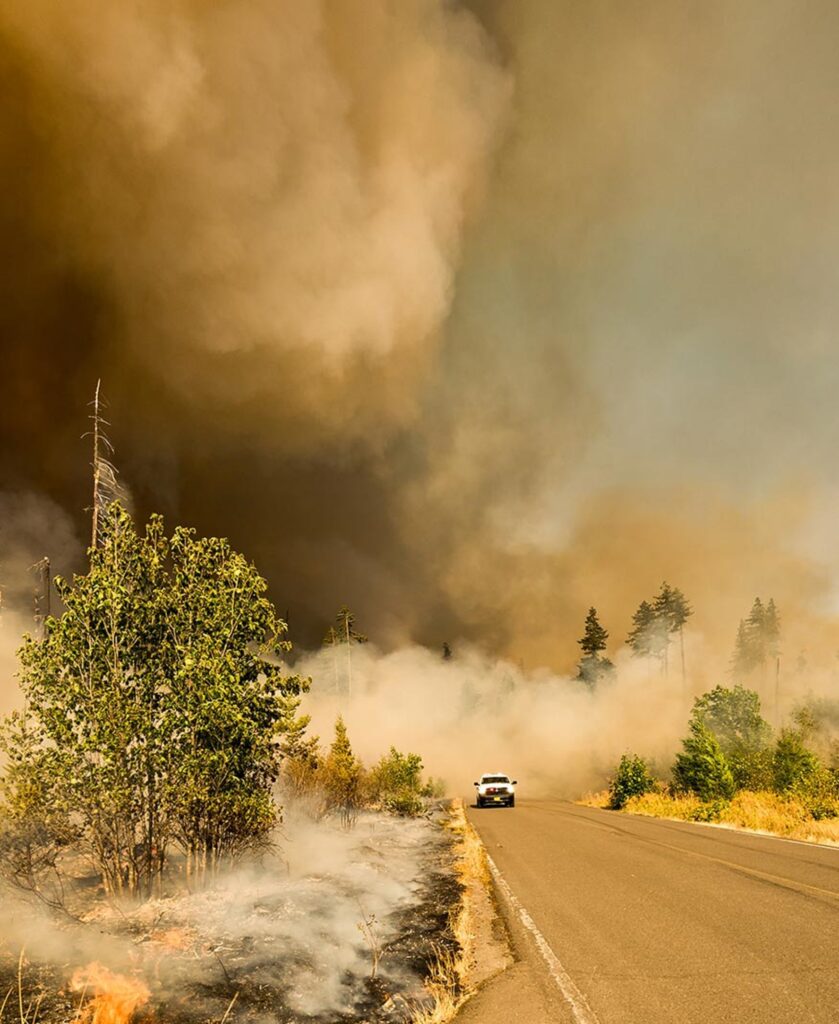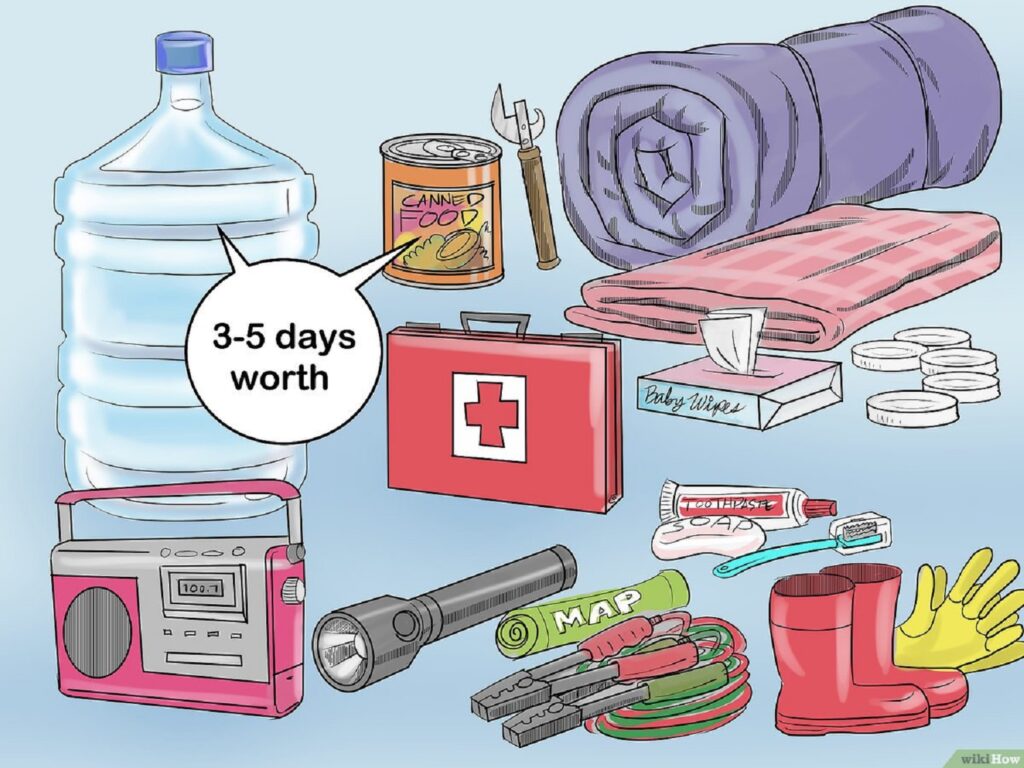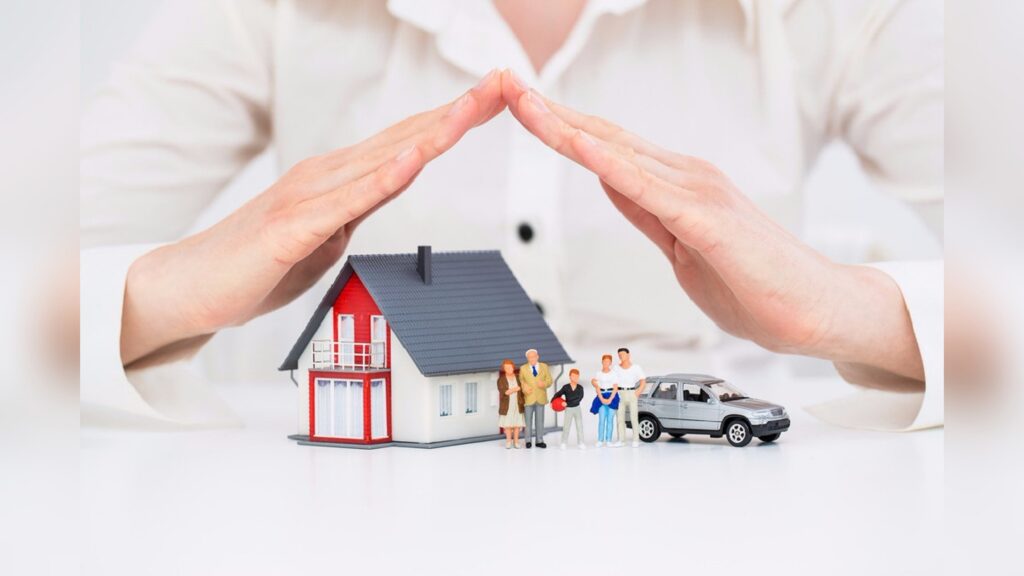How to Prevent a Natural Disaster that has a very severe impact, first you have to learn what a Natural Disaster is, as well as its prevention strategies, this knowledge will allow it to serve to avoid as far as possible the devastating effects on the social, economic and environmental spheres. In this article we will tell you how to do it.

Natural disasters
Natural Disasters are the result of different large-scale natural phenomena that occur every year and have a negative impact on the natural, social and economic environments. Some natural disasters are caused by tropical storms or hurricanes that form in the Atlantic and Pacific Oceans each year. As well as earthquakes, volcano eruptions, forest fires, gigantic waves and others.
They are environmental events that end up causing natural disasters, due to the destructive force that characterizes them and, some of these are frequent and occur in some cases such as storms and hurricanes every year, it is vital to become aware and organize prevention systems where protective measures are taken by government authorities and for the population.
flood prevention
In the event that the Natural Disaster causes a flood, the first thing to do is to place yourself in a place that is high up, in case you are near the sea or a river, get as far away as possible, about 30 meters from Height above sea level.
Stay away from the areas near the coasts and the banks of the rivers. Likewise, be on the lookout for the rise of riverbeds, in those places where on other occasions it has suffered from floods, due to rising water and stagnation, such as sewers, bridges, holes in roads or others.
If you live in a coastal area, it is suggested to move away from the coasts if it is raining a lot and when you know that the waves are intensifying and forming high waves. In the event that the flooding was the product of a Natural Disaster such as a tsunami, if you have the opportunity, stay away from the coast, as this is the main area to be impacted, and do not return until authorized by the competent authorities.
Prevention in case of Hurricanes
Have a shelter and reserves with enough water and food to protect yourself during the arrival of the hurricane, since depending on the devastating impact of this natural phenomenon, you will have to be sheltered for several days. Place structures to protect doors, windows, and in places that can be flooded, or that can be affected by hurricane winds and heavy rains and electrical storms, in the same way stay away from these places while the hurricane is happening.
Due to volcano eruption
It is recommended to be away from the range of action or reach of an erupting volcano, as well as to keep doors and windows closed to interrupt the approach to gases and ashes due to the eruption and to avoid respiratory problems that can be caused by being close to lava. , ash and gases from the volcano.
Be away from places that are likely to slide or landslide, because the geological force that a volcanic eruption entails can cause avalanches of subsoil materials and produce earthquakes or earthquakes.
Prevention and resolution actions or strategies will depend on the forces and pressure exerted by the volcanic eruption or eruptions and by the subsoil and surface materials that cause damage, such as: stones, soil, lava, volcanic gases and ashes.
Actions in an earthquake or earthquakes
Among the preventive strategies during an earthquake is above all to be calm, and evacuate without pushing or pushing anyone ahead, following the evacuation rules so that they leave the building faster. Don't ride the elevator.
It is suggested to be placed under a table or protected by a piece of furniture, to prevent objects from falling from high places. Such as windows, lamps, books and glass. If you are driving your car on the street, it is recommended to stop the vehicle away from places with trees and tall buildings.
Other preventive actions
When Natural Disaster Prevention strategies are designed, the main objective is to reduce the negative impacts that these events cause. Both in the field of loss of living organisms, such as: human beings, vegetation and fauna, in the social environment, infrastructure and economic damage. As previously mentioned, there are Natural Disasters that occur every year and impact with greater or lesser force each year and others occur eventually. However, the actions that are designed must be planned for each particular event.
Professional strategists and planners who act to design Preventive actions have to take into consideration, include strategic actions in the short, medium and long term. Based on this, the short-term strategies, which are executed at the time of the Natural Disaster, meet four stages, which are fulfilled from higher to lower priority.
- First of all keep calm
- If possible, listen and follow the instructions of trained personnel to act against Natural Disasters, be they: civil defense, police, firefighters, paramedics and others.
- Avoid forming crowds and in the same way push and run over other people to get out earlier.
- Choose a place to take shelter that is adequate, in case of flooding go up to the highest floors and stand away from buildings if you are in the street during an earthquake.
As long-term and medium-term Natural Disaster Prevention strategies, they are vital to take action, educate the population, and act responsibly at a time when a Natural Disaster occurs. Among these short- and medium-term strategies are regulations, plans, and prevention programs at the national, regional, and local levels. Likewise, projects that result in the proper use of susceptible areas or spaces with a high risk of being affected by Natural Disasters.
Rules to face any Disaster
It is suggested to be prepared in case a Natural Disaster occurs with a bag or suitcase with the basic things that may be required if you have to leave the house in an emergency. This will help you survive with these supplies until help arrives. It is convenient to have a briefcase or suitcase that has divisions so that it is more comfortable to organize the objects, and if possible, that it has wheels to transport it more easily.
What can you take in emergency luggage?
- Non-perishable food and drinks, such as water (between one liter and one and a half liters for each day per person) for about three days. A can opener, for canned goods, glasses and cutlery
- Flashlight and a portable radio or cell phone with batteries or extra batteries
- First aid supplies and in case of medical treatment, have these medicines in the suitcase. If you use corrective lenses, include an additional pair of glasses or contact lenses and any other medical device you use, such as: batteries for hearing aids, oxygen, catheters, face masks, among others.
- Cash because in case the ATMs do not work, you can pay for the services you require
- A change of clothes for each person in the family
- A whistle and tools such as: utility knife, pliers and even a wrench.
Meeting point and contact person
At the time a Natural Disaster occurs, one is usually very nervous and expectant that it might happen and what to do. For this reason, it is important that the members of the family group know where and how to meet in a place chosen in advance in case of separation. It is suggested that as of today designate two meeting points, one of these can be near the family home and another a little further away in case the damages that have occurred cover a large area.
Have a contact person where all the members of the house call in case of an emergency. It can be the person most of the family calls or it can be a person who lives in another state, so in case the phone lines collapse it is easier to make a long distance call.
Keep your landline
It is suggested to keep a corded telephone set that plugs into the wall jack, because when an event occurs and the power goes out, the cordless telephone sets stop working and therefore you are out of communication.
Identify your house well
If your home is a house, look for it to be easily identified from a distance. This means that you paint the house number with a reflective material so that it can be seen both day and night. Place a light switch at the entrance of the house so that the light shines intermittently. In hardware stores there are some switches with activators of flashing emergency lights. This will help them find the house faster when an emergency is called.
Inventory of your assets
This step can be of great benefit in case you have to file a claim for damages caused by a Natural Disaster with an insurance company. It may be a bit of a tiresome activity, but it's just spending a little time and recording a video or taking photos, and saying the name of the object, the brand, model, serial number.
Also, the mode of payment if it was in cash or by credit card, this can also be done with a camera and the objects are documented as well. Also, save bills and receipts from purchases and then store in a safe or other place that is resistant to water and fire.
Prepare a refuge room
Although they are houses built following current regulations, Natural Disasters such as storms or hurricane winds can occur, be of such magnitude that the construction may suffer some damage. For this reason, a "safe room" is suggested following the indications of the Federal Emergency Management Agency (FEMA), which according to these regulations these rooms can be set up in a basement, in an internal room of the house in a first floor, on a concrete slab or on the garage, as the case may be, you must comply with the following recommendations.
- The place where the shelter is installed or built must be properly anchored to prevent it from being displaced or lifted.
- It has to be a very resistant installation, with the objective that the walls, ceilings and doors of these shelters, to withstand the force of hurricane winds, any object thrown by the winds and other accidents that may occur due to Natural Disasters.
- The interior and exterior walls of the shelters must be separated from the structure of the residences. In the event that an affectation occurs in the residence, this does not affect the shelter.
- The room or space used as a shelter, can have another use the rest of the time that it is not used as a shelter. For example, as long as it is kept tidy and easily accessible, it can be used as a closet, bathroom or storage area, among others.
Safeguard documents
Regardless of the Natural Disaster that may occur, it is convenient to take the Foresight to safeguard important documents and papers. Especially the birth certificate, marriage certificates, passports, insurance policies, property titles and other types of important papers. It is suggested that they be protected in a safe in a bank or in the house, if it is resistant to fire and water.
I hope it helps you to know how to prevent Natural Disasters and if you want to know more about nature I invite you to read:
- Water Conservation
- Why is it so important to take care of water?
- Advantages and Disadvantages of Nuclear Energy



